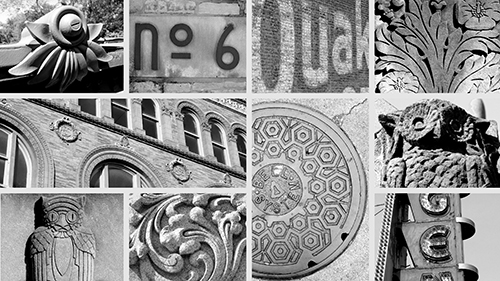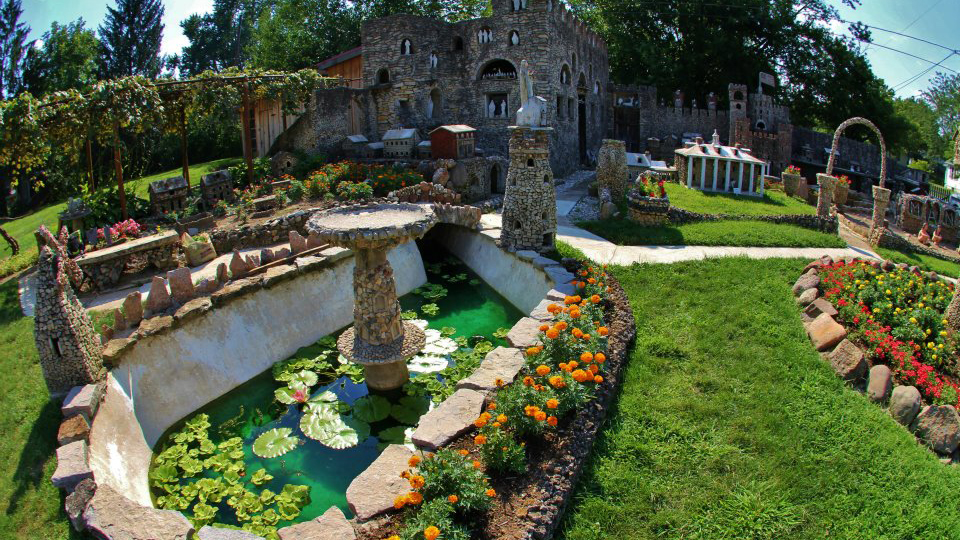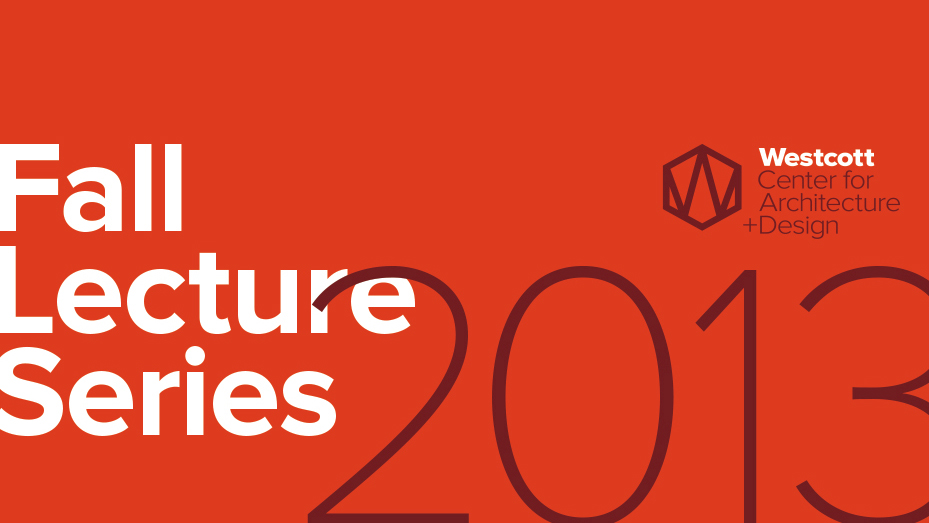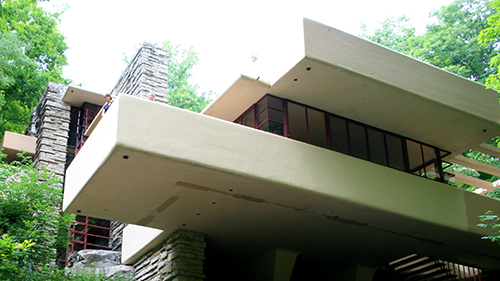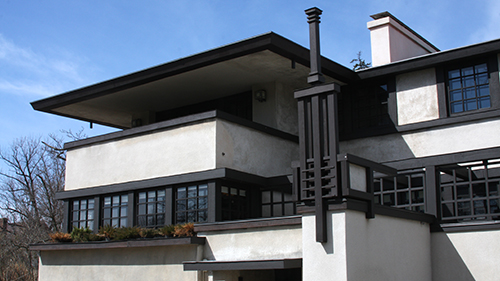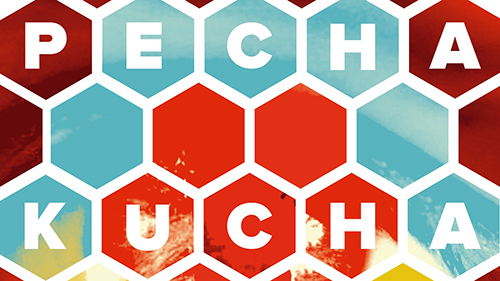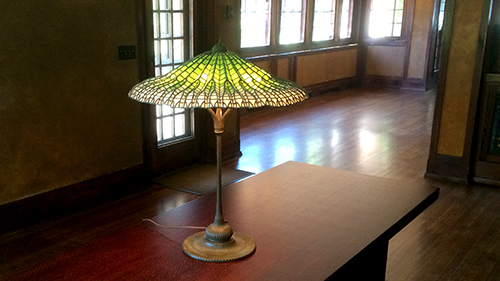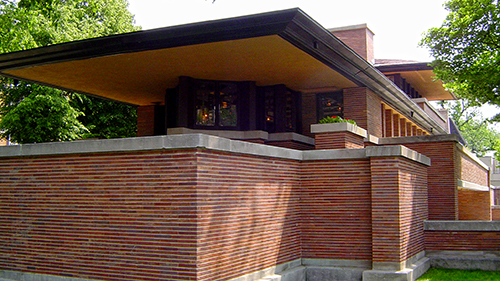Projects
In my career at the Turner Foundation, I have been blessed to work on a variety of projects and programs with several organizations. While some are onetime events, like the Lillian Gish Film Festival, many are offered annually. Of course none of these programs would have been possible without the hardwork, passion, and support of my many fantastic co-collaborators and volunteers. Some of these people are listed below, but it is unfortunately not possible to list everyone who has helped bring a project to fruition. To learn more about a specific project or program, click on the "More" link to visit their website.
